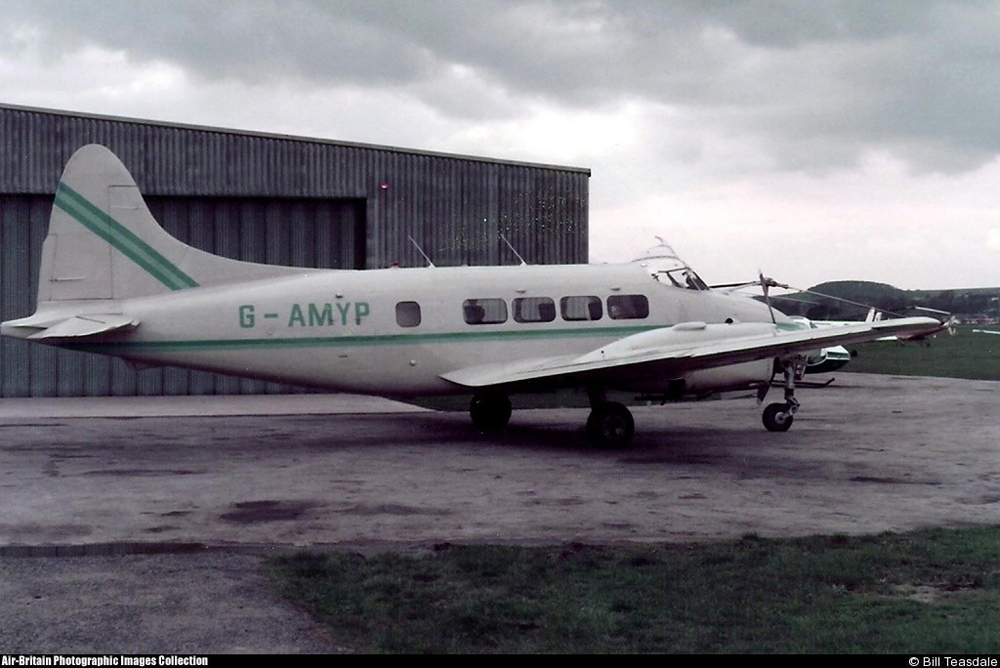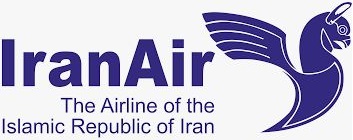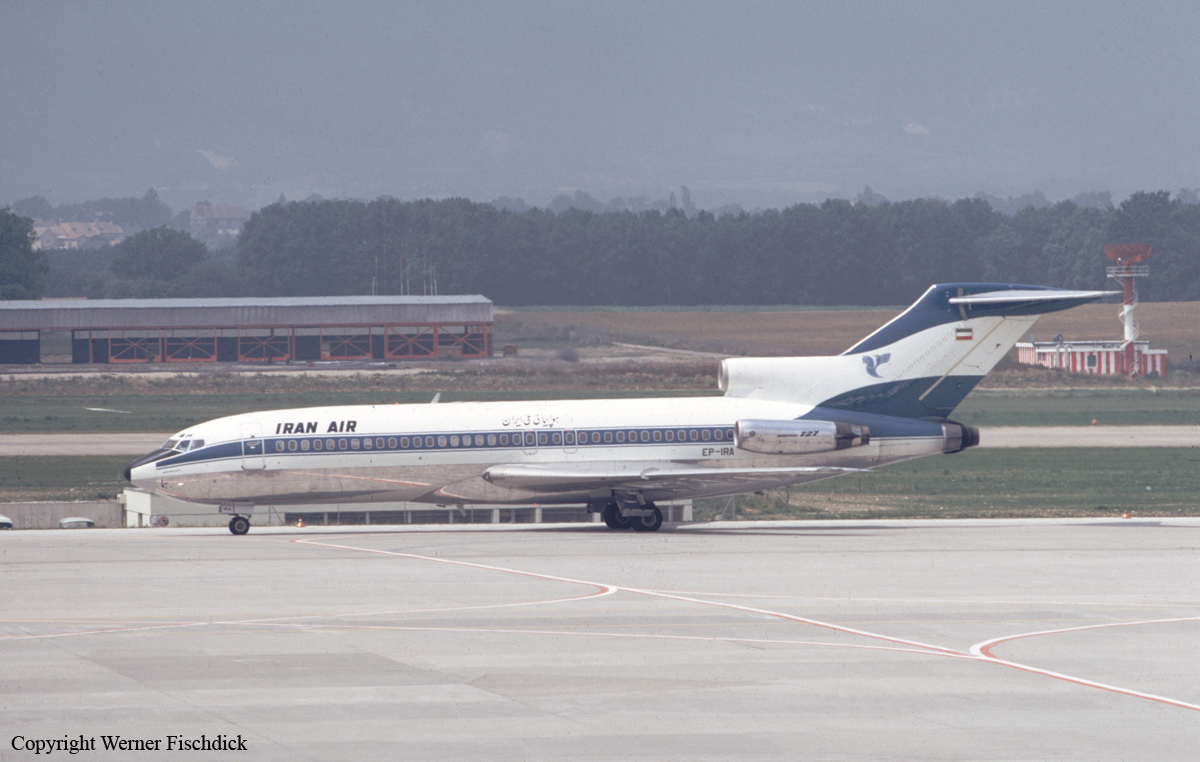Crash of a Piper PA-31-350 Navajo Chieftain in Lakeland: 2 killed
Date & Time:
Dec 4, 1983 at 1446 LT
Registration:
N4115K
Survivors:
No
Schedule:
Lakeland - Lakeland
MSN:
31-8452006
YOM:
1984
Crew on board:
2
Crew fatalities:
Pax on board:
0
Pax fatalities:
Other fatalities:
Total fatalities:
2
Captain / Total hours on type:
600.00
Aircraft flight hours:
0
Aircraft flight cycles:
0
Circumstances:
The aircraft was on its first production flight test. Shortly after lift-off it was observed to enter an abrupt right bank, followed by a steep left bank before crashing. Examination of the left wing revealed that its aileron cables were connected to their respective bellcrank attach points backwards. Both pilots were killed.
Probable cause:
Occurrence #1: loss of control - in flight
Phase of operation: takeoff - initial climb
Findings
1. (c) flt control syst, aileron control - improper
2. (c) acft/equip, inadequate compliance determination - manufacturer
3. (c) aircraft preflight - inadequate - pilot in command
----------
Occurrence #2: in flight collision with terrain/water
Phase of operation: takeoff - initial climb
Phase of operation: takeoff - initial climb
Findings
1. (c) flt control syst, aileron control - improper
2. (c) acft/equip, inadequate compliance determination - manufacturer
3. (c) aircraft preflight - inadequate - pilot in command
----------
Occurrence #2: in flight collision with terrain/water
Phase of operation: takeoff - initial climb
Final Report:







